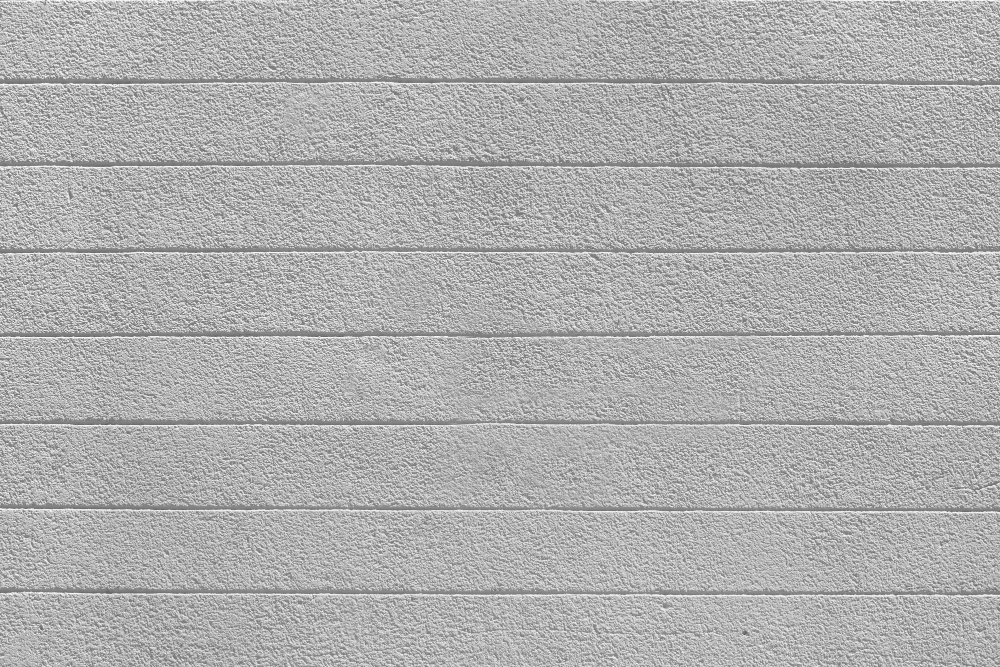Ceilings are often overlooked elements in interior design, but they hold immense potential to enhance the aesthetic appeal of any space. Among the myriad options available, ceiling textures stand out as a versatile and impactful choice. In this guide, we delve into the world of ceiling textures, exploring their types, benefits, installation methods, and maintenance tips. Join us on this journey to discover how ceiling textures can transform your living or working environment.
1. Understanding Ceiling Textures
What Are Ceiling Textures?
Ceiling textures refer to the decorative treatments applied to the surface of ceilings to add visual interest and depth. Unlike plain, flat ceilings, textured ceilings introduce dimension and character to a room, creating a more dynamic atmosphere.
Types of Ceiling Textures
- Popcorn Ceiling: Also known as acoustic or cottage cheese ceiling, this texture features a bumpy, granular surface resembling popcorn.
- Knockdown Ceiling: Characterized by its flattened appearance achieved by spraying drywall compound onto the ceiling and then lightly troweling it.
- Orange Peel Ceiling: Resembling the texture of an orange peel, this finish is achieved by spraying joint compound onto the ceiling surface.
2. Benefits of Ceiling Textures
Enhanced Aesthetics
Ceiling textures serve as focal points in interior spaces, adding visual intrigue and sophistication to otherwise plain ceilings. They can complement various architectural styles and interior themes, enhancing the overall ambiance of a room.
Concealing Imperfections
Textured ceilings effectively camouflage minor imperfections such as cracks, uneven surfaces, and stains, providing a seamless and flawless appearance to the ceiling.
Acoustic Benefits
Certain types of ceiling textures, such as popcorn ceilings, offer acoustic properties by absorbing sound waves and reducing echo in rooms. This makes them particularly suitable for spaces where noise control is essential, such as theaters, recording studios, and bedrooms.

3. Installation and Maintenance
Installation Process
Installing ceiling textures requires precision and expertise to achieve desired results. The process involves preparing the ceiling surface, applying the chosen texture using specialized tools, and allowing sufficient drying time before finishing touches.
Maintenance Tips
- Regularly inspect the ceiling for signs of wear, cracks, or water damage.
- Clean textured ceilings periodically to remove dust and dirt buildup, using a soft brush or vacuum attachment.
- Address any repairs or touch-ups promptly to prevent minor issues from escalating.
4. Choosing the Right Texture for Your Space
Considerations
When selecting a ceiling texture, factors such as the room’s size, architectural style, lighting conditions, and personal preferences should be taken into account. Consultation with a professional contractor or interior designer can help determine the most suitable texture for your specific needs and aesthetic goals.
Conclusion
Ceiling textures offer a myriad of possibilities for elevating the visual appeal and functionality of interior spaces. From adding depth and character to concealing imperfections and enhancing acoustics, the benefits of textured ceilings are undeniable. By understanding the various types, installation methods, and maintenance requirements, you can make informed decisions to transform your ceilings into captivating design features.
Intrigued by the potential of ceiling textures? Embrace creativity and explore the endless possibilities of transforming your ceilings into works of art that inspire and delight.





